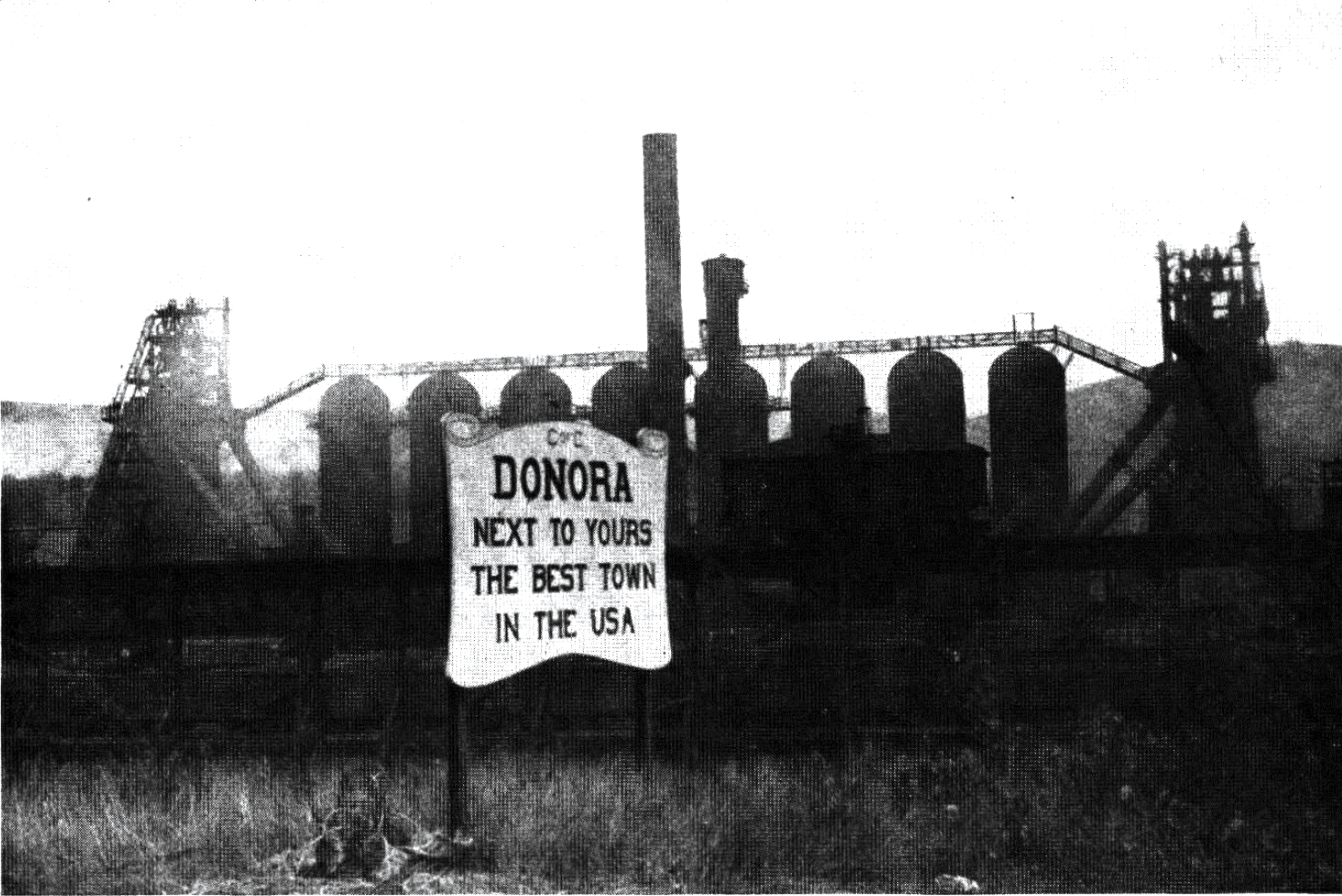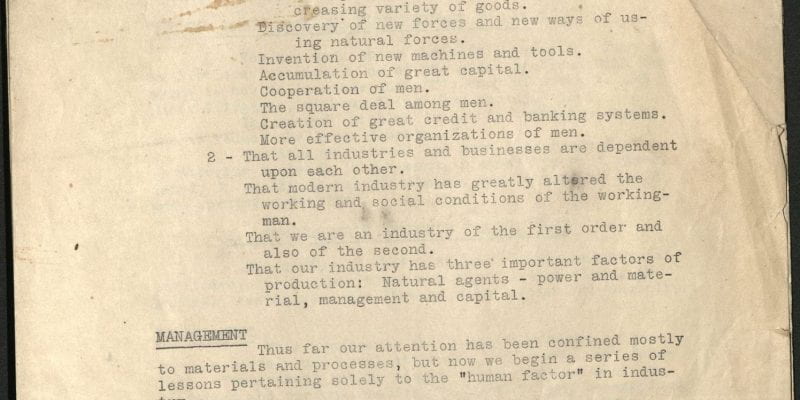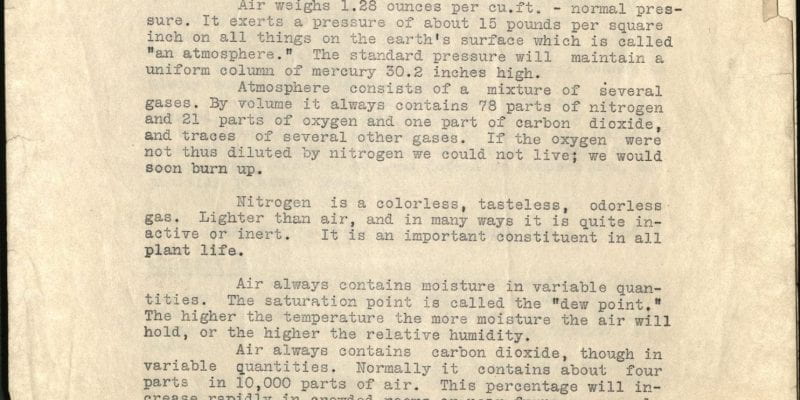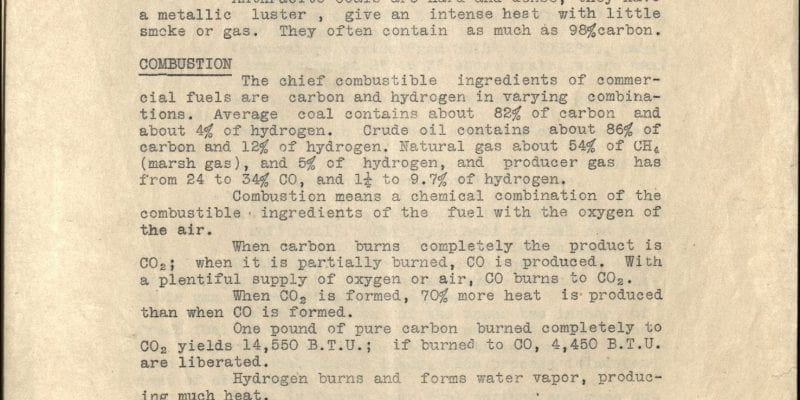Founded in 1901, the borough of Donora in Western Pennsylvania was named for Andrew Mellon’s wife, Nora, and home to the American Steel and Wire Company’s Zinc Works. While residents were accustomed to living with “smog”, Donora became the site of one of the worst air pollution disasters in U.S. history when, in 1948, emissions from the zinc works were trapped in town by an inversion layer, killing twenty people and sickening thousands. The steel company would later deflect responsibility for the incident, calling it an “act of God.” These pages from the foreman’s training course offer social and technical context to the operations of the Zinc Works.
Foreman’s Training manual
American Steel and Wire Company, Donora Works records
1919-1920
 Loading...
Loading...
Clean Air Started Here
In the aftermath of the Donora smog, the steel industry worked with Pittsburgh-based Industrial Hygiene Division and the U.S. Public Health Service to investigate the causes and health effects of the deadly smog. This report, authored by U.S. Surgeon General Leonard Andrew Scheele, offers insight into the emissions factors and weather patterns that were at play, as well as descriptions of epidemiological studies undertaken. Data from the studies were never publicly released, and the report refused to make any conclusions on the causes of the smog. One finding related to the impact of “domestic heating systems” reportedly infuriated the United Steelworkers of America labor union for assigning a measure of blame to the residents and workers themselves. Signs found around Donora today read, “clean air started here,” an acknowledgement of the incident’s role in shaping the public dialogue around pollution that would come later.
The Donora Study
Dr. Leonard Scheele
Industrial Hygiene Newsletter, November 1949
United Steelworkers of America, Safety Division records
CO2 PPM in 1948: 310.9



